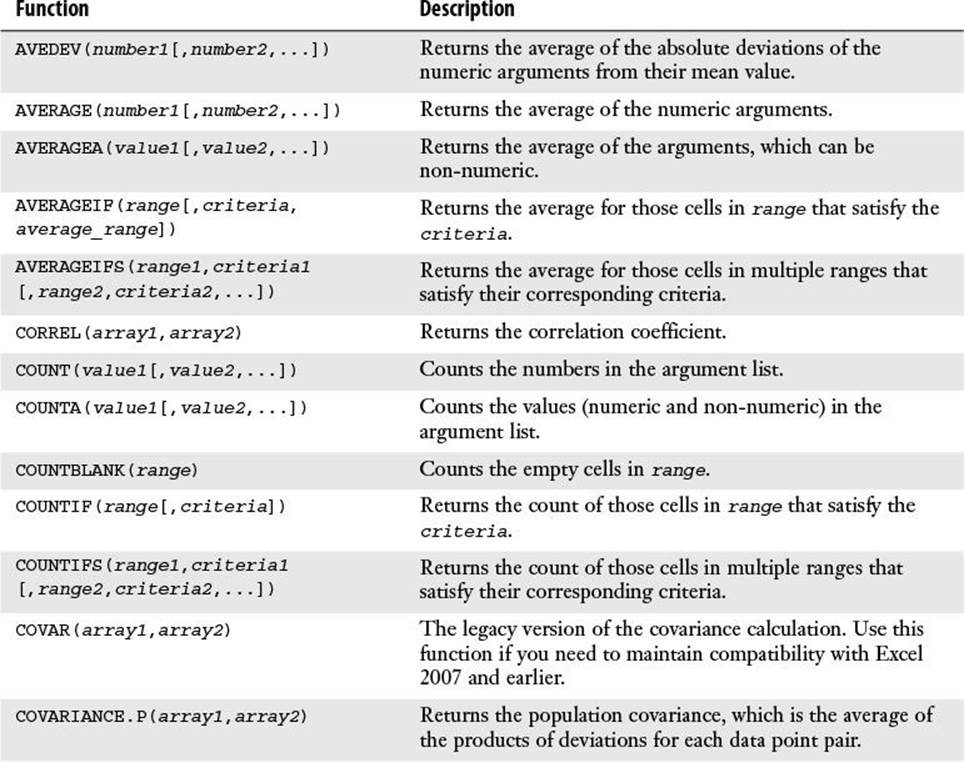

The results may vary by a few decimal places depending upon your settings and available screen space. Finally, press “Enter” to show the result.The equation should now be the following: =T.Test(B2:B6, C2:C6,1,1).Then, enter another “comma” and select “Paired.”.Next, in cell A8, enter a “comma” after “C6” and then select “One-tailed distribution.”.Now, in Cell “ A8,” type the following: =T.Test(B2:B6, C2:C6.We’ll use the same example above, so create the table if you want to follow along.Like the steps above, let’s cover calculating the “p-Value” in Excel 2016. Since it is above 0.05, the null hypothesis applies to this table, and the evidence against it is weak. The final table might look like this:Īs you can see, the one-tail “ p-value” is the same as in the first case (0.133905569). Excel will calculate the “ p-value” and several other parameters.If it’s the “A8″ cell, type the following:” $A$8.” Click on the “Output Range” radio button and pick where you want the result.Leave the default value in the “Alpha” text box (0.05).Scroll down the list and select “t-Test: Paired Two Sample for Means.”.Next, click on the “Data” tab in the Main menu.For the future tables, use this formula: =”Cell 1”-“Cell 2”. Since we already have the “weight” differences in the “D” column, we’ll skip the difference calculation.
Statistical calculations in excel how to#
Here’s how to use the “Data Analysis” tool. We’ll use the same table as the previous method to simplify the process. The “Data Analysis” tool lets you do many cool things, including “ p-value” calculations. The results don’t necessarily mean the null hypothesis is correct, only that it hasn’t been disproven yet. In our example, the research didn’t prove that dieting helped the test subjects lose significant weight. In our case, the value is “0.133905569” or “13.3905569%.”īeing higher than 5%, this “ p-value” doesn’t provide strong evidence against the null hypothesis. Press “Enter.” The cell now displays the “ p-value” immediately.The formula for this example looks like this: =T.Test(B2:B6,C2:C6,1,1) Now that you have all the needed elements, you need to insert an ending parenthesis.Double-click on the "Paired" option in the following drop-down menu.
Statistical calculations in excel code#
For ease of use, the complete code is listed further down. Go ahead and choose "one-tailed distribution" by double-clicking on it. The one-tailed distribution and two-tailed distribution options automatically appear in a drop-down menu.

NOTE: This article covers p-value functionality for MS Excel 20, but the steps should generally apply to all versions.


 0 kommentar(er)
0 kommentar(er)
